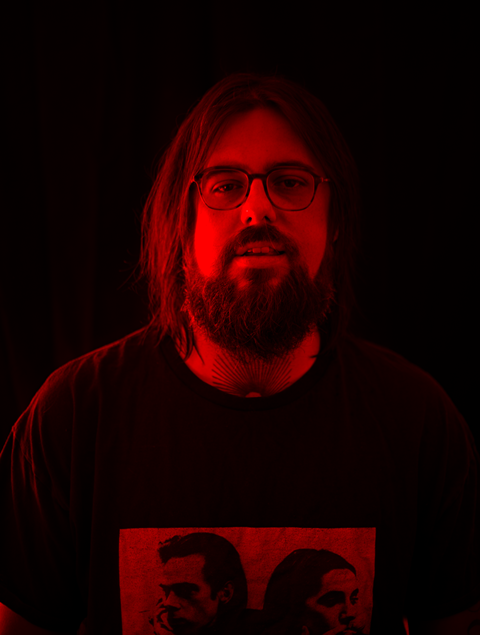Lucas Moesch, editor at Bandit, gives his advice on moving between formats

Not many decades ago, it would have been laughable to suggest that production and post-production for films, versus adverts, and versus music videos were anywhere near similar enough to warrant discussion. However, with new digital platforms at our disposal come new ways of thinking about the three art forms and how they’re beginning to blend. The similarities, and the differences that stuck around, lead to key editing approaches when cutting all three.
Still, they have their unique qualities. The key difference between branded content, music videos, and films is their objectives. Branded content aims to cultivate the viewer’s desire to consume the advertised product, while music videos seek to convey the concept and emotion of the song’s lyrics and performance. Films, on the other hand, focus on telling a compelling story through the characters and plot. However, all three connect with the viewer and “sell” an experience, regardless of the medium. This is why we see more crossover and synergy between branded content, music videos, and cinematic techniques. Editors follow standards set by each industry, but the goals of all three types of content are more aligned than ever, which is absolutely reflected in the edit bay.
When creating branded content, the focus is on meeting the client’s goals, whether that’s establishing a new brand perception or evoking a desired emotional response. Music videos, in contrast, are more about the artist’s personal vision and the relationship they’ve built with their audience through their art. Brands could care less whether the ad was cut to the downbeat of whatever track they chose to play in the background, whereas music videos always make that consideration - and editing to the rhythm of the song is part and parcel of the art. Branded content can sometimes play more like a film, with multiple actors, a scene, and a central product to show off. Music videos show off the artist, and they are the chief consideration when making editing decisions. Sometimes groups have more than one artist, so editors have to make sure they all get their moment in the spotlight, too.
My film background still ultimately influenced my work in both branded content and music videos; both became more “cinematic”. The techniques I learned from filmmaking have made my music video work less “cutty,” while the precision and attention to detail I’ve developed in branded content has streamlined my approach to editing films. The experimental nature of music videos has also imbued my overall creative process with a greater openness to new ideas and approaches. Ultimately, these three content forms - branded, music video, and film - inform and influence each other.
To get technical, Avid is well-suited for long-form projects and documentaries, as its proprietary media management system ensures stability and reliability. Adobe Premiere, on the other hand, excels at fast-paced, heavily graphics-intensive projects, though it may require transcoding to prevent crashes. Most recently, for Megan Thee Stallion’s “HISS” music video, directed by my good friend Douglas Bernardt, we used two Macbook Pros on set and utilized MacStudio for a week-long edit, which included multiple hard drives, two monitors, and a reference TV.

Before we even reach the editing step, on-set production approaches also differ. Branded content tends to be more meticulously planned, with every shot and transition carefully considered to perfectly represent the product. Directors are taking a more hands-on approach with the edit, and final shots are often storyboarded well in advance to make a template for editors to follow. Artists and labels, however, are often more open to experimental approaches, as they prioritize authentically conveying the emotional essence of the music. For HISS, much of the post-production actually began in pre-production. The VFX shots had to be planned well in advance to make sure we could align the shots with the intense rhythm of the song while accurately bringing Megan’s creative vision to life.
“Experimental” neatly summarizes the state of play for editing in 2024 and beyond. I edit many music videos, commercials, and films that stay relatively “by the book” to great effect, and they’re still amazing products. But with more digital platforms at our disposal, and more emerging artists who grew up using said platforms, their penchant for experimentation in the production and editing of ads, films, and music videos presents an amazing opportunity for editors to evolve their post-production techniques. I’m excited to sit at the precipice of what stands to be another creative renaissance with a new generation of artists and directors who aren’t afraid to challenge existing editing standards in their work.

Lucas Moesch is an editor at New York-based Bandit





No comments yet